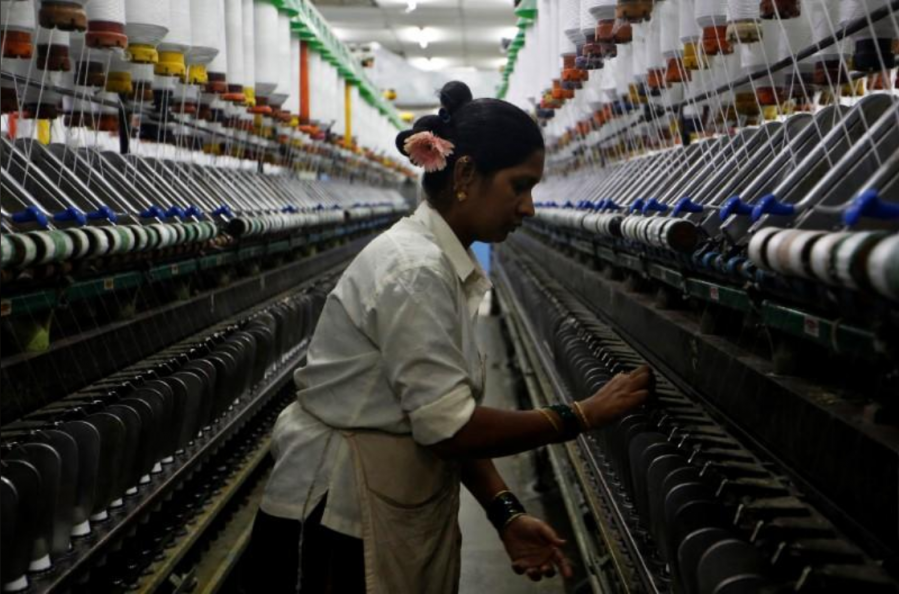- At the root of the problem is high cotton prices
- International cotton price has plunged 28.3% in the past one year

Looks like yarn mills are caught in a web of weakening demand and high raw material prices. For a country that exports nearly one-third of the yarn it spins, the 34.6% year-on-year drop in exports between April and June does not bode well for mills. The domestic market was not encouraging either. Although there was positive offtake in April and May, prices in June fell 4% year-on-year.
To the dismay of industry and analysts, the robust demand trend seen in the first three months of 2019 did not sustain. According to rating agency Icra Ltd, several factors explain the fall in India’s cotton yarn exports. This includes high price of cotton and yarn from Indian mills, duty-free access provided by China to Pakistan for import of yarn, continued competitive pressures from nations, such as Vietnam, and higher raw cotton fibre imports by China, which is keeping its cotton availability situation comfortable for yarn mills.
At the root of the problem is high cotton prices. International cotton price has plunged 28.3% in the past one year. In contrast, domestic prices have been firm during the period. Cotton futures have been steadily rising in the last seven trading sessions on speculation of lower output and productivity in the cotton season (2018-19).
It is not surprising that spinning mills are weighed down by high raw cotton prices. Adding to this is the impact of tight liquidity faced by small and medium mills, which make up for a major portion of installed capacity.
Data from Capitaline on 39 spinning mills shows that net revenue in the June quarter contracted by about 7.4% from the year-ago period. The average Ebitda (earnings before interest, tax, depreciation and amortization) as a percentage of sales also contracted by about 50 basis points, though many mills have been struggling.
With several global tensions persisting, especially between the two strong contenders in cotton textiles—the US and China—the outlook for India’s yarn exports in FY20 looks bleak. Reports from textile associations in India suggest stock pile-ups and production cuts by spinning mills in recent months.
This may have a cascading effect on the financial health of domestic mills, more so, if the problem persists. Jayanta Roy, senior vice-president and group head (corporate sector ratings) at Icra, said: “Based on the emerging trends, we have revised the credit outlook on the Indian cotton spinning industry to ‘negative,’ as the profitability and debt coverage metrics are expected to moderate from the current levels. The impact is likely to be more pronounced for leveraged companies."
Given the tight liquidity scenario, a sudden change in yarn outlook is unlikely. One can only hope for a drop in domestic cotton prices with the onset of the new season. This could ease the pressure on spinning mills in the near term.


